Putting limits on choices can create a prison that leads to poor health.
We, humans, are a funny bunch. We celebrate creativity, genius, and success, but often don’t see what it is that gives rise to those traits.
We like to think we are fluid, flexible thinkers, but underneath we can have another tendency. That is, to separate action plans into black and white options. This is also known as dichotomous thinking.
Back in the day, and we are talking early humans, we had to make snap decisions. We had to be able to evaluate what was going on in a hurry and respond. Often, our lives depended on it. And, truly, sometimes these days our quick assessment of what needs to happen (say, when someone has run a stop sign and is heading for us) can be life-saving. Sometimes, however, we like to have simple solutions even when the task is complex.
But our lives are not always dependent on quick evaluations and easy answers (like “get out of here”). We can take the time to kick back and be introspective, evaluate different scenarios, and respond to a complex world. Did Albert Einstein come up with his theory of relativity by limiting his thinking to a few ideas? Actually, he weighed countless options and applied great effort to find a solution.
We clearly do not need to be coming up with the kind of solutions that Albert Einstein did, but we can contrast his methods to what is happening in dichotomous thinking.
Also, read 9 Toxic Thoughts In Loving Relationships
What Is Dichotomous Thinking?
Dichotomous thinking is seeing things, situations, relationships, and experiences, as either good or bad. Often this leads to people thinking either they have succeeded or failed. With this scenario, it is easy to end up frustrated because there doesn’t seem to be a readily available answer to the problem. Looking at it another way, accepting results without questioning can lead to low self-efficacy and feelings of no control over outcomes. Sometimes this is a subconscious, ingrained self-image that the person is not even aware of.
Unfortunately, there are subtle and not-so-subtle ways that this can be taught to us so that it becomes a default way of thinking.
How often have we taught our children to compare themselves to others by sharing scores on achievement tests, or making judgments based on grades? Students may come to think, “I’m not smart enough,” or “I’m just not good at math.”
Sometimes, students are praised for just trying, no matter the outcome. While this may seem like a good idea, being praised for just trying does not help the student learn from the experience or make a strategy for doing better. When an effort has been made that didn’t quite work, a useful follow-up would be, “Let’s talk about what you’ve tried and what you can try next.”

What About Healthy Habits?
When it comes to healthy habits like diet and exercise, research shows that dichotomous thinking very often hinders an individuals’ efforts to reach their goals.
As an example, let’s take an in-depth look at what can happen when a person decides it is a good idea to exercise more. Perhaps their doctor has told them about the benefits, or perhaps they have had a health scare. Perhaps they just know they “should.”
Also, read What Is Cognitive Dissonance? Common Causes and How To Resolve It
A dichotomous view of the effort could look something like this:
“I’ll never look like those fitness models, so why even try?”
“It might hurt, and I have enough aches and pains already.”
“I’ve tried before, and it’s just not for me.”
“I don’t have time.”
“I dropped off the program last week, so I must not be motivated enough.”
“I can’t go to the gym. Those people look so much better than me.”
In the end, if the effort fails, the person may view themselves as falling short. It may even be the case that the person anticipates a failed outcome and does not even try. In both of these cases, the person is locked into dichotomous thinking, where it is difficult to see any other options. In the example of exercise above, and in many other cases, the net result is that the person’s health suffers.
How Can We Change This Around?
The good news is that a gray way of thinking can be taught. This is referred to as a growth mindset, by Carol S. Dweck, Ph.D. in her book, Mindset.1 She has spent much of her professional career studying how mindsets are linked to behavior and has identified “fixed” (a.k.a, dichotomous) and “growth” mindsets.
(Note: Fixed vs. growth is not black and white! There is a continuum, and the mental approach can also be situational.)
Dr. Dweck has shown repeatedly and in different contexts that there are ways to learn to view an effort or a new situation as a growth opportunity, and not an opportunity for failure or embarrassment.
Also, read What Habits Will Improve Your Life?
Briefly, here are a few ways to do this.
1. Accept that none of us is perfect.
Nobody is at the top of their game every day. Accept that you are not “falling short,” but are just fluctuating, like everybody else.
2. Be alert to signs of a fixed mindset.
These would be things like defensiveness, insecurity, or comparing yourself to others (and not measuring up). These thoughts can be switched off. They can be replaced with the realization that you can always learn something new, find strategies, and seek input from others to help you.
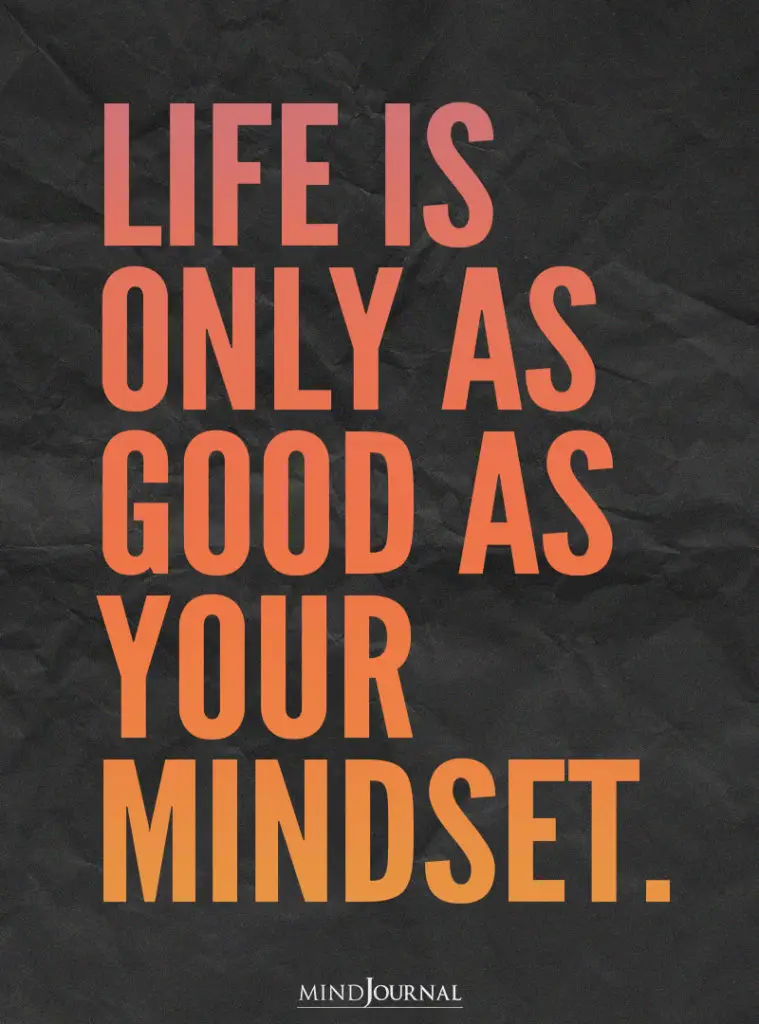
3. Write down one black and white thought every day and then rewrite it using gray thinking.
For example, You skipped the gym last week. Does that mean you are unmotivated and always will be? Instead, have a look at the reasons that happened. If the gym is too far away, find another way to get some exercise. If it seems to take up too much time, break your exercise down into smaller events. Talk to someone who can help you figure out a way to succeed at your goal of getting more exercise.
Often the end result of black and white, fixed mindset or dichotomous thinking is a lack of long term success. Black and white thinking can seem totally natural until some of the difficulties and lack of results are pointed out. This may be an opportunity to start a dialogue about how to change to a more productive and hopeful approach.
References Dweck, Carol S., Ph.D. Mindset: The New Psychology of Success. Balllantine Books, 2006, 2016.
Written by: Kristen Carter Originally appeared on: Psychology Today Republished with permission
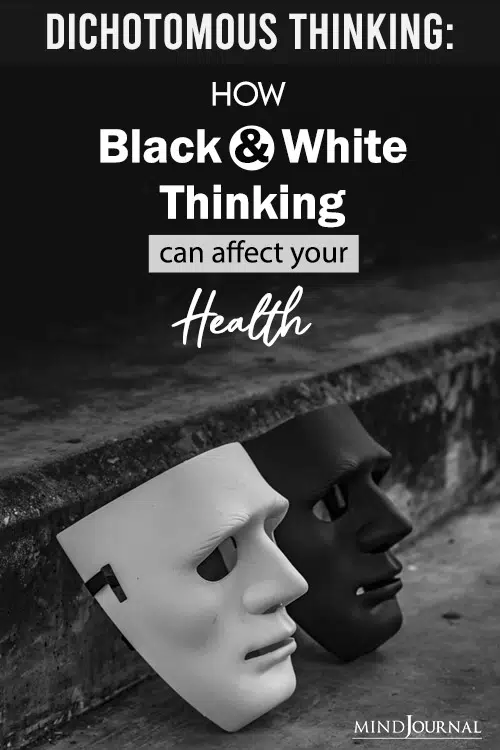
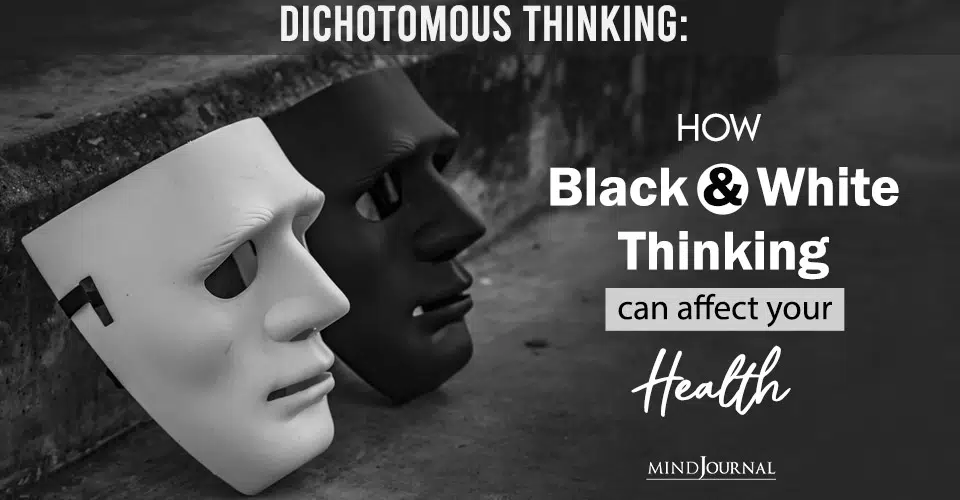
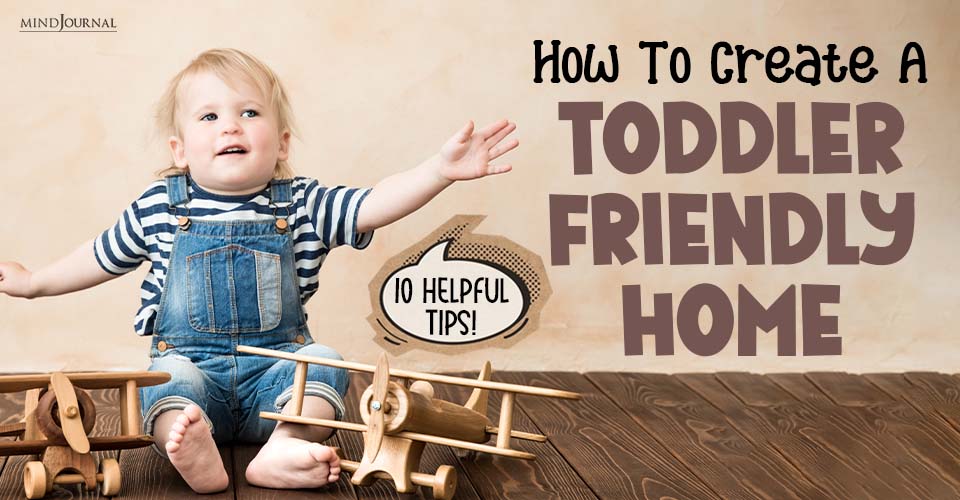
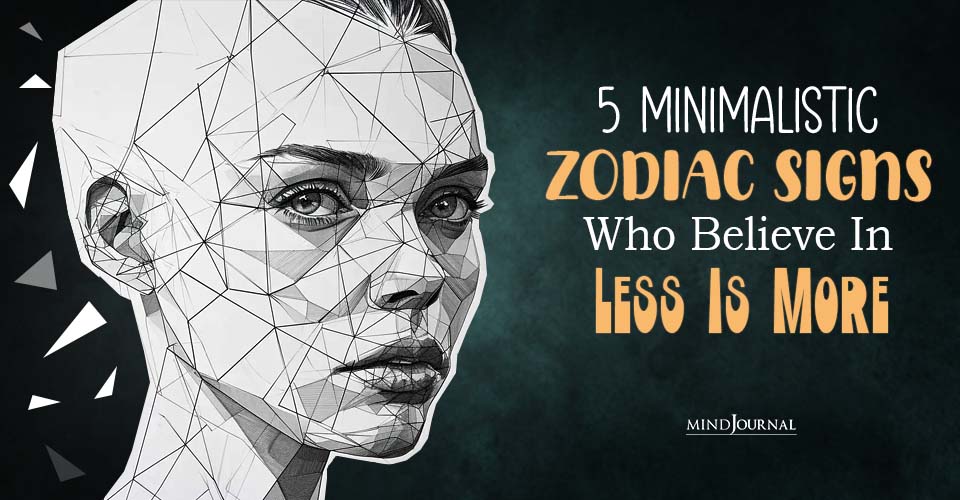





Leave a Reply
You must be logged in to post a comment.